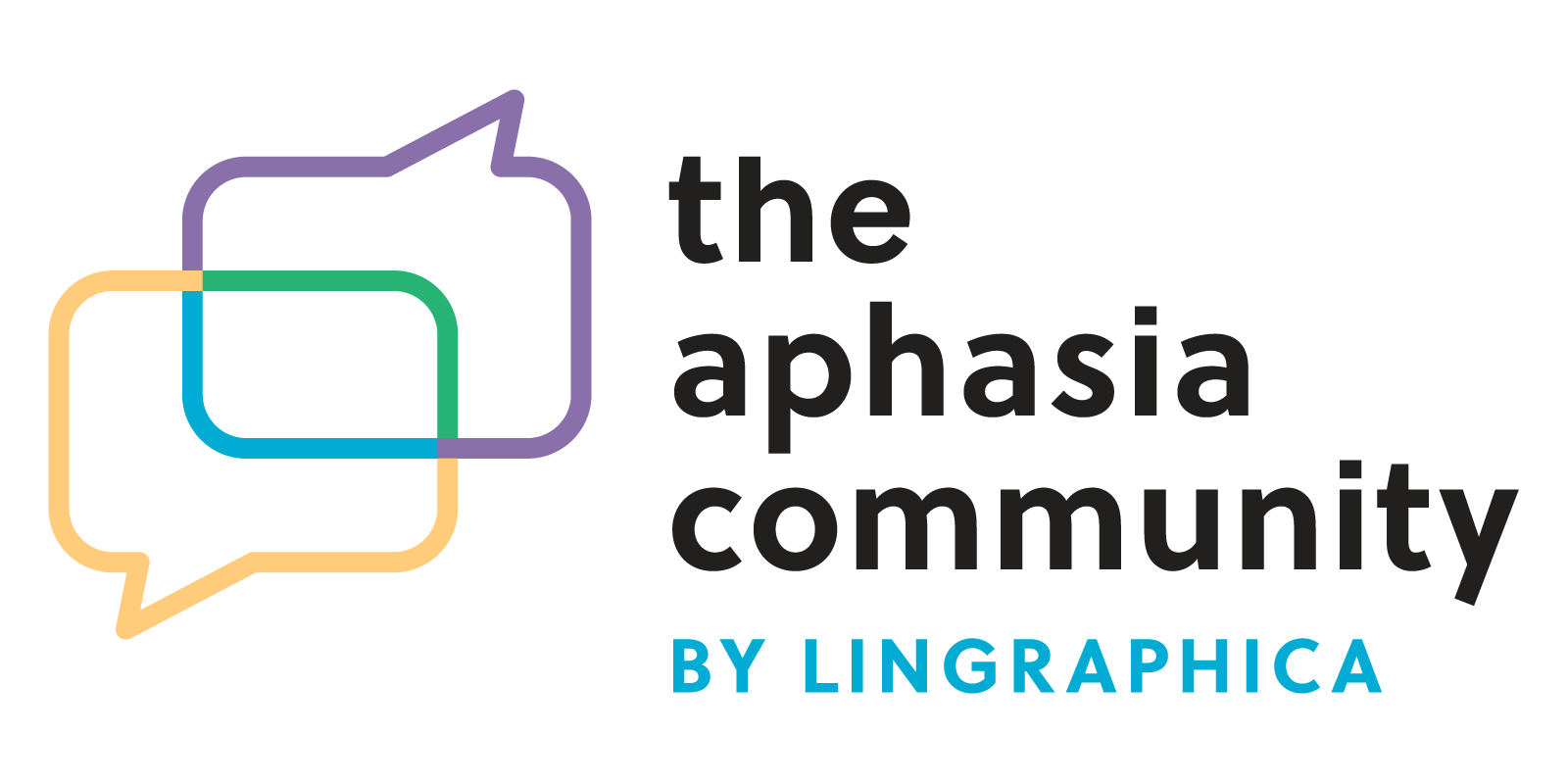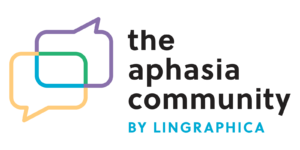Nutrition and Meal Plans
After a stroke, it is often hard for a person to get the nutrients they need. Your loved one’s speech-language pathologist and dietitian are great resources to turn to for questions about healthy and safe drinking and eating post-stroke. A dietician can also recommend dietary supplements, or meal plans that target specific foods and beverages to optimize nutrient intake.
The following concerns may contribute to poor nutrition following a stroke:
- Swallowing problems – the medical term for this is dysphagia
- Loss of appetite
- Difficulty using dominant arm/hand to drink and eat
- Trouble with memory or thinking clearly
Foods high in antioxidants, potassium, fiber, calcium and folate (folic acid) have been associated with good health after stroke. Below is a list of some foods that contain each of these.
Antioxidants: Help reduce damage to blood vessels
- Fruits – cranberries, red grapes, peaches, blueberries, red berries, figs, mango
- Vegetables – artichokes, kale, broccoli, spinach, avocado, asparagus, carrots, red cabbage, beets, sweet potatoes, squash, pumpkin
- Spices and herbs – cinnamon, oregano, turmeric, cumin, parsley, basil, curry powder, garlic, sage, thyme
- Cereal - cornflakes, oatmeal, granola
- Nuts
- Legumes (beans)
Potassium: Helps control blood pressure
- Fruits – bananas, oranges, melons, apricots, grapefruit
- Vegetables – cooked spinach and broccoli, potatoes, mushrooms, peas, cucumbers, leafy greens
- Beans or legumes – lima beans, pinto beans, kidney beans, soybeans, lentils
- Fish – tuna, halibut, cod, trout, rockfish
- Whole-wheat breads, pastas and cereals
- Brown and wild rice
Fiber: Helps lower cholesterol
- Fruit – prunes, bananas figs, avocados, blackberries, raspberries
- Vegetables - brussel sprouts, broccoli, artichokes
- Legumes – spilt peas, lima beans, lentils
- Seeds and nuts – chia seed, flax seed, coconut
- Grains – oats, quinoa, buckwheat
Calcium: Helps control blood pressure
- Dairy products – milk, yogurt, cheese
- Eggs
- Vegetables – kale, collard greens, broccoli, spinach, kelp, okra
- Legumes – white beans, soybeans
- Fish – sardines
Folate (folic acid): Found to reduce risk of stroke
- Legumes – kidney beans, lentils, peas
- Vegetables – asparagus, leafy greens, beets, brussels sprouts, broccoli, avocado
- Fruits – citrus fruits (oranges, grapefruit, lemons, limes), papaya, bananas
- Eggs
- Nuts and seeds
- Beef liver
- Wheat germ
Foods to Limit After Stroke
- Salt – Too much salt can raise blood pressure. Read labels carefully and choose lower salt options when possible.
- Sugar – Too much sugar can damage and weaken blood vessels. Avoid food with added sugar.
- Saturated fats - Foods high in saturated fats can cause high cholesterol. Try to stick to healthy fats like nuts and avocados.
- Alcohol - Drinking too much alcohol can contribute to a number of stroke risk factors, including high blood pressure. It’s highly recommended that stroke survivors consult a doctor before drinking alcohol again.
Always consult a doctor or dietician to help you determine the best diet for your loved one.
Preparing for Life After the Hospital
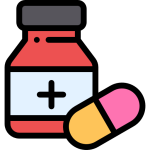
Medications
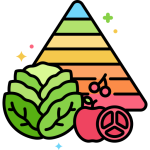
Nutrition and Meal Plans

Modifying Your Home
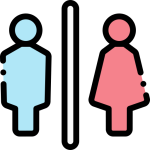
Managing Incontinence

Caring for Someone Who Can’t Speak After Stroke

